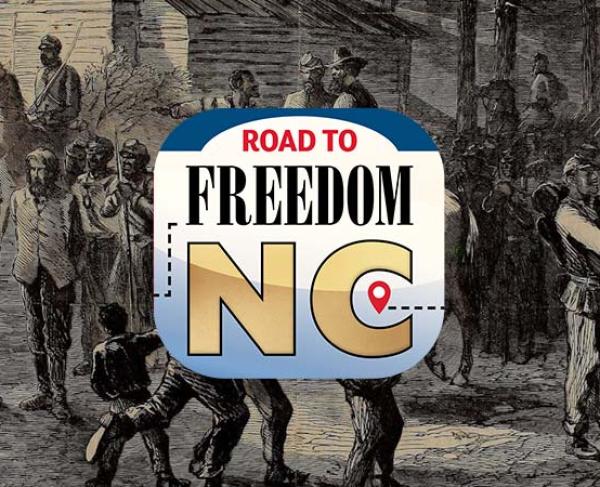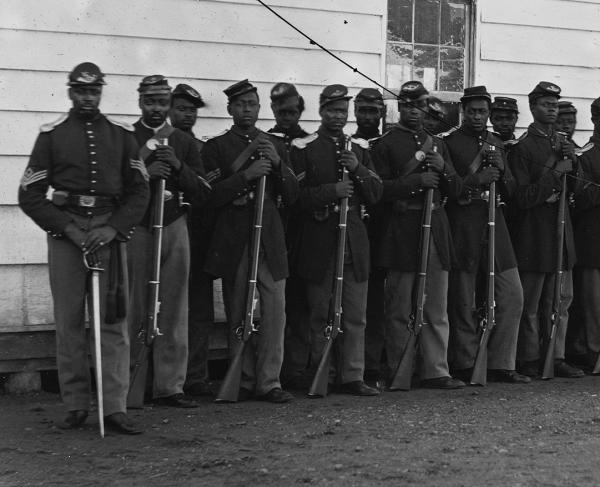Fort Fisher
North Carolina
1610 Ft. Fisher Blvd
South Kure Beach, NC 28449
United States
This heritage site is a part of the American Battlefield Trust's Road to Freedom: North Tour Guide app, which showcases sites integral to the Black experience during the Civil War era. Download the FREE app now.

Black individuals played a crucial role in both the construction and eventual capture of Fort Fisher, a decisive event that cut off the Confederacy’s final supply line, hastening the end of the war.
Free and enslaved Blacks, alongside American Indians, were forced to provide labor in building the heavily fortified Fort Fisher, which protected blockade runners supplying the Confederate Army of Northern Virginia through Wilmington.
Charles Wesley, the enslaved servant of Fort Fisher’s commander, escaped in April 1864 and shared details of the fort’s layout and strength with the Union.
Late in 1864, the Union finally launched a joint army-navy operation to control the Cape Fear River and capture Wilmington. Over Christmas 1864, a bombardment of 20,000 rounds from sixty-four ships and the short-lived landing of some 2,300 soldiers failed to take the fort. Over 3,000 United States Colored Troops (USCT) remained offshore in reserve. After winning this first Battle of Fort Fisher, the Confederates withdrew crucial reinforcements to Wilmington.
The Union naval fleet remained nearby and transports carrying the army soon returned, landing 9,000 soldiers north of the fort as the navy resumed its bombardment at dawn on January 13, 1865. The Union’s all-USCT 3rd Division, XXV Corps, including Ames’ brigade (4th, 6th, 30th, and 39th USCT) and Wright’s brigade (1st, 5th, 10th, 27th, and 37th USCT), dug in on the western half-mile of a line running across the Federal Point peninsula to prevent Confederates from reinforcing the outmanned and outgunned Fort Fisher.
The USS ironclad New Ironsides led the navy’s closest firing line throughout both battles. The Union navy’s highest-ranking Black sailor, Signal Quartermaster Thomas English, received the Medal of Honor for risking enemy fire while operating signal flags directing the ship’s battery “that disabled nearly every gun on the fort facing the shore.”
On January 14 and 15, the USCTs held their line against probing Confederates from the north. Late on the 15th, Confederate defenders repulsed Union sailors and marines, charging Fort Fisher’s sea face as Union soldiers breached its land face in fierce combat. The detached 27th USCT followed the Union advance in chaotic darkness, pursuing retreating Confederates to the Buchanan Battery, where the USCT commander accepted Fort Fisher’s surrender and the Black regiment took hundreds of Confederates prisoner.
As the Union navy sealed off the Cape Fear River, Confederate reinforcements withdrew up the peninsula to the Sugar Loaf defenses, where the USCT regiments and their white comrades expected to renew hostilities as the Union set its sights on Wilmington.
Know Before You Go
Fort Fisher State Historical Site invites you to tour a surviving portion of the fort’s land face, explore other historic features, and take in the visitor center which includes an exhibit on the Black experience here.
Explore the Road the Freedom
Road to Freedom: NC Tour Guide
Road to Freedom
Related Battles
1,057
1,900


